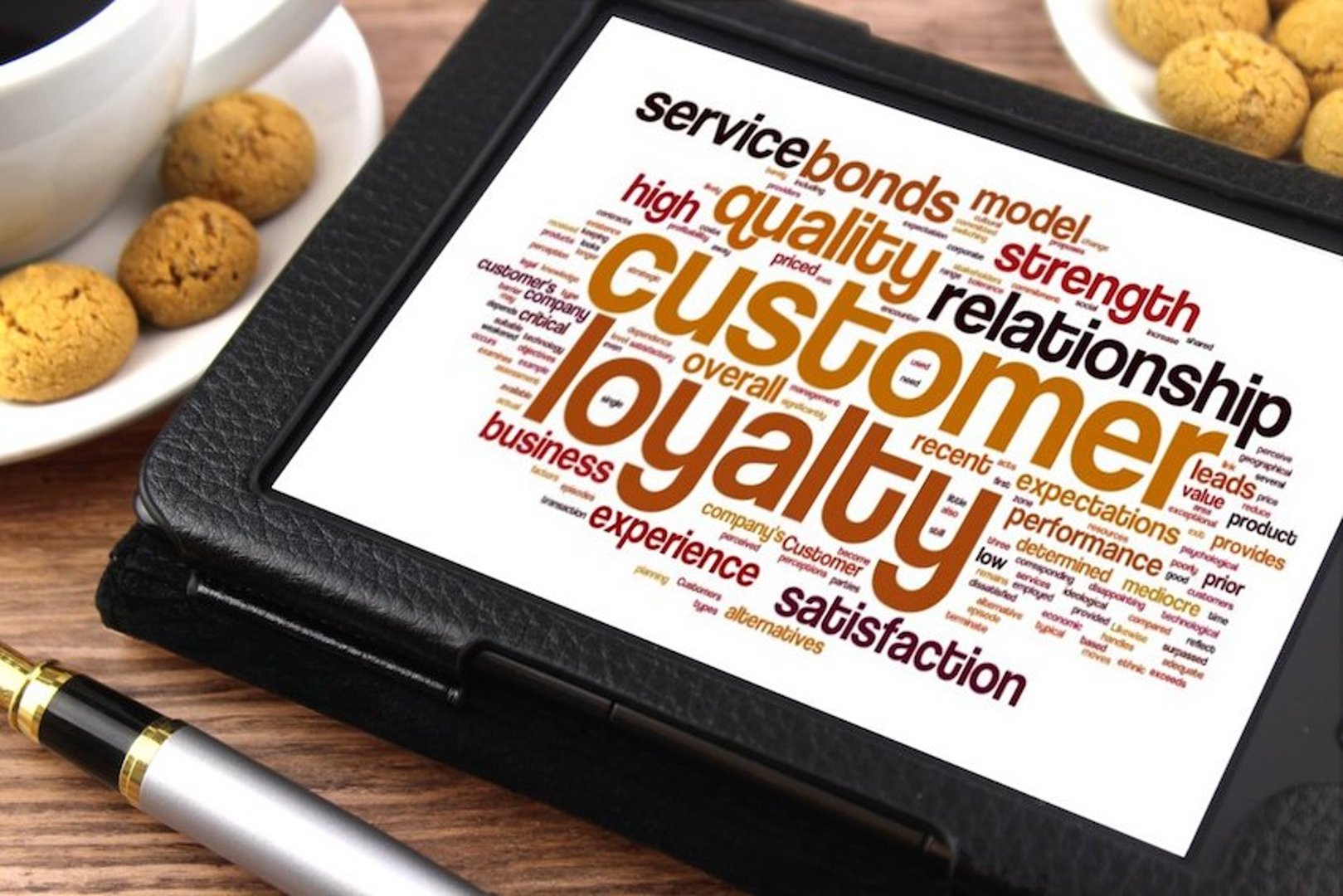Customer Marketing KPIs & Metrics For Businesses To Track

Published 2023-10-10
Summary - Successful customer marketing initiatives are critical, especially for SaaS businesses. Here are 8 KPIs to keep in mind.
So you converted a new customer. You’ve got that new customer buzz and you know that your product can solve all of their problems. Match made in heaven.
But after you send your sweet Welcome to the family emails you are immediately pulled away to search for your next customer. And the buzz wears off.
We’ve put together a list of 8 customer marketing KPIs that can keep your team customer-centric:
- Onboarding calls
- App engagement
- Email engagement
- Retention
- Expansion
- Net Promoter Score (NPS)
- Referrals
- Customer Lifetime Value (LTV)
Onboarding calls
Onboarding a customer is arguably the most important action you can take when a customer first converts. It helps set them up for success from the very beginning and is a great way to introduce a new customer to their success team.
Because tracking these calls is key to customer marketing success, it's important to be able to answer a few questions, such as:
- How many onboarding calls has your team booked?
- Are those numbers trending upward or downward?
- Are customers more successful when they participate in an onboarding call?
Once you know this data, you can do things like tweak your emails to help promote the importance of onboarding calls, provide incentives for customers to book a call, and also improve your onboarding material itself.
Start here. Tracking the onboarding calls completed KPI will help your team and all of those new customers you’ve worked so hard to convert. Win-win!
App engagement
Once a customer is onboarded, it’s important to track their activity in your app. Looking at metrics around app engagement, for example, allows you to see which customers are at risk of churning.
To monitor this KPI it’s important to look at the number of logins and activity within your app.
This is the best way to find important trends in successful and unsuccessful customers, and it should be the core of all customer marketing initiatives and meetings. It's perhaps the best way to answer that fundamental question:
What can we do to help lead more customers down a successful path of engagement?
It’s important to remember that all SaaS businesses are different. For some, logging in once a month could be considered high engagement. For others, an hourly goal may be more important.
The idea here is to start tracking the most relevant app engagement KPIs so that you can set a baseline for your team and work from there to create a natural path to success for your customers.
Email engagement
Another way to track your customer marketing success is to look directly at your customer email engagement rate. This KPI looks at overall email performance (opens, clicks, and unsubscribes) to give you a good sense of whether your communications are resonating with customers.
Having high email engagement is a good indicator that your customer marketing efforts are working and that the content you’re providing your customers is helping them solve problems within your product—and doing so at the right time.
Retention
This is a metric that many people would argue belongs to the success or support team. Now I completely agree that success and support have the highest impact on customer retention. However, I also believe that a customer marketing team should be accountable for this metric.
If we look back at KPIs like email and app engagement, the customer marketing team has the most impact on how communications are handled with customers.
This is true whether it’s in-app communications that help guide customers down the path to success or email communications that help bring those customers back into your app. And both translate directly into retention.
If you took away those email and app engagement efforts, retention would be directly affected. Having strong communications with customers is essential to maintaining high retention rates.
Expansion
Similar to retention, the expansion KPI is mostly bucketed under the success and support umbrellas. But again, I think customer marketing should be just as accountable.
Expansion only happens when customers are engaged with a product. They have to see the value in a product and be drawn back to that product in order to even think about expansion. And this is where customer marketing can play a significant role.
Email and in-app communications are a fantastic way to target the right customers at the right times with expansion offers or reminders. The logic behind these communications, however, is something the customer marketing team should own.
The best way to impact expansion is to hit the right customers at the right time with the right message.
Net Promoter Score
Net Promoter Score (NPS) is another KPI that customer marketing should pay close attention to. NPS measures a customer’s willingness to promote a product or service to colleagues and friends. Think of it as a customer’s loyalty to your brand and their satisfaction in your product's performance.
Most organizations will use an initial NPS survey as a benchmark, and track subsequent NPS surveys to measure increases and decreases in customer sentiment over time.
Having clear visibility into changes in NPS over time allows you to take appropriate action when customer satisfaction/loyalty drops significantly. After compiling NPS results, have your customer marketing or success team reach out to customers to get a better understanding of their challenges and to get a glimpse into what you could be doing better.
Customers appreciate and are more likely to stay loyal to a brand that listens.
If you haven’t already put an NPS survey in place at your organization, start there. Get benchmark data for a few months and track your progress over time. Remember to take action from the scores and be proactive with your customers. Doing so will also help to impact other KPIs, such as retention and referral rates.
Referrals
The referral KPI goes hand in hand with NPS. But unlike NPS, tracking the actual number of referrals will help you dig deeper into customer loyalty and satisfaction. It’s one thing to say you’re likely to recommend a product to a friend or colleague; it's another to actually submit someone else’s email to a company.
If your organization hasn’t yet set up a referral program, I highly recommend it. It can be as simple as a form that customers fill out with info that you process manually, or as complex as an entirely automated process that requires no manual intervention at all.
Either way, having a referral program in place is not only beneficial to your business through direct sales, but it’s also valuable in calculating your customer’s real satisfaction with your product.
I would also argue that it’s important to separately measure referrals from new customers and repeat referrals from older customers. This allows you to track satisfaction of new customers (how quickly they are delighted by your product) and older customers (how well you’re keeping up with product feature demands).
Customer Lifetime Value
Customer Lifetime Value (LTV) measures the amount of gross profit generated from a customer over the entirety of their business with your organization.
For SaaS businesses specifically, LTV is calculated by multiplying the average period payment, by the average gross margin, by the number of periods the customer is expected to make a payment.
This is another metric that customer marketing has a direct impact on and should monitor closely. Following best practices for measuring, monitoring, and optimizing Customer Lifetime Value can help you grow your business profitably.
Here are a few tips and best practices:
- Use predictive modeling to estimate LTV. In cases where you have a lot of historical data, a diverse customer base and a complex product offering (multi-tiered, many add-ons and service options, etc.), predictive modeling may be the best route to estimate LTV.
- Invest in “good customers,” that is, customers requiring little maintenance and support, and who promise strong LTV. Focus your marketing, sales, product and support efforts to attract, win and retain these customers.
- Limit the spending of resources on “bad customers,” that is, customers costing you more to maintain (via customer support demands, discounting, etc.) than they’re paying you to be customers. Don’t be too quick to take this advice however; small accounts can grow with time, and there are many benefits to holding customers beyond the direct revenue that can be generated from them (such as word of mouth marketing, referrals, etc.).
- Increase customer satisfaction to increase LTV. The more satisfied a customer is with your product or service, the longer their customer lifetime is likely to be. Measure customer satisfaction and loyalty with an NPS program.
- Segment customers to get better LTV readings. If your customer base is diverse, segmenting your customers by size, industry, sector or other relevant dimensions will give you more granular and useful LTV data.
Final thoughts on customer marketing KPIs
Becoming a customer-centric SaaS business is easier said than done. At the end of the day, we’re always looking for new business. But, because of the speed at which SaaS companies must grow and their revenue models, it's critical to take care of those who are using our product day in and day out.
Keeping these 8 customer marketing KPIs top of mind will help you and your team empathize more with your existing customers. After all, seeing your product and the user experience through their eyes will always be the most important perspective.
***
Lead image: Nick Youngson
Related Articles

Promoting data literacy with metrichq.org and the power of AI
By Allan Wille, Co-Founder — October 12th, 2023
Let’s fix analytics so we can stop asking you for dashboards
By Cathrin Schneider — September 11th, 2023
Why metrics are the key to confident decision making
By Graham Watts — July 31st, 2023

